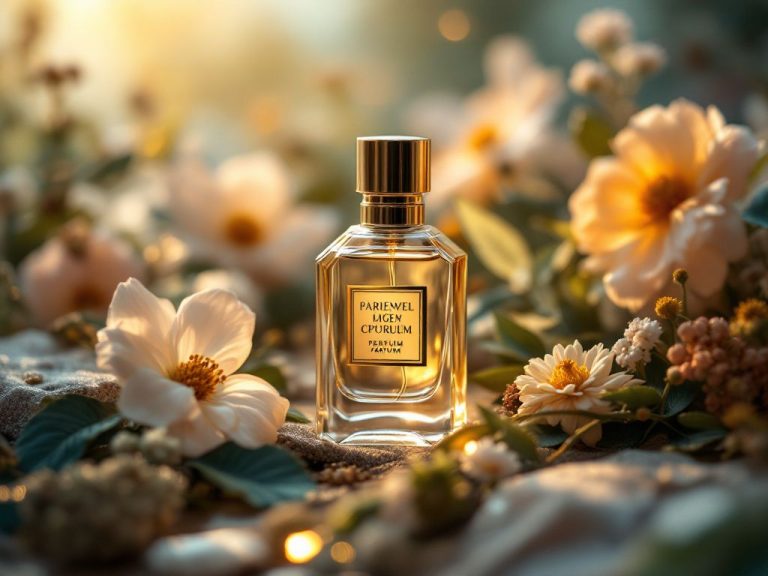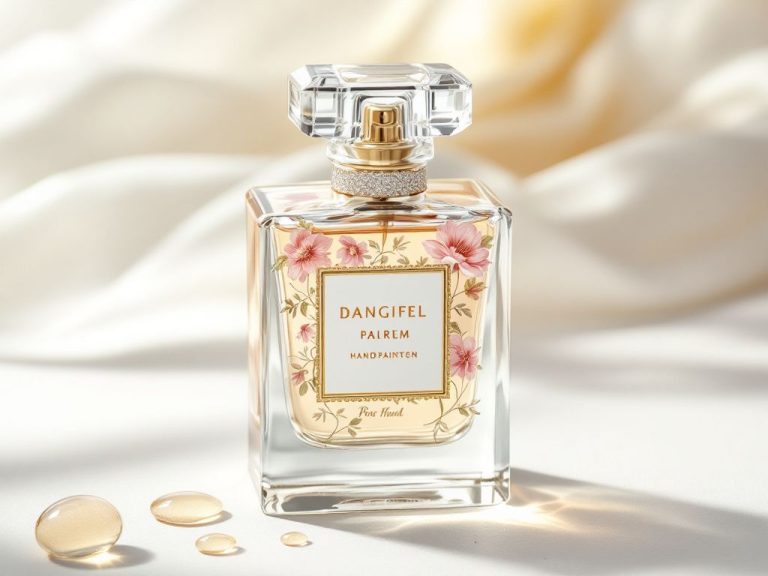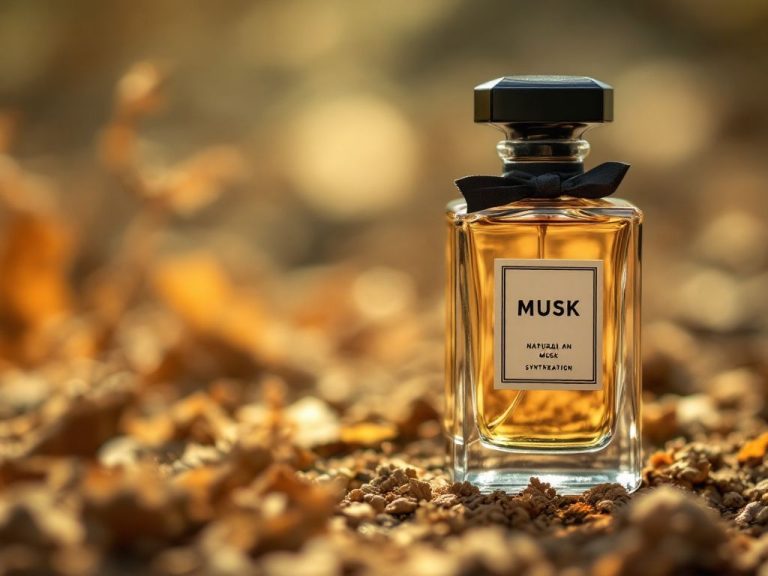
AI in Modern Perfume Creation: The Scent of Future Innovation
The intriguing world of modern perfume development is being radically transformed by artificial intelligence (AI). AI is shaking up old conventions by meticulously analyzing huge datasets to unearth novel scent combinations that a human nose on its own might not consider, revolutionizing the perfume development process.









